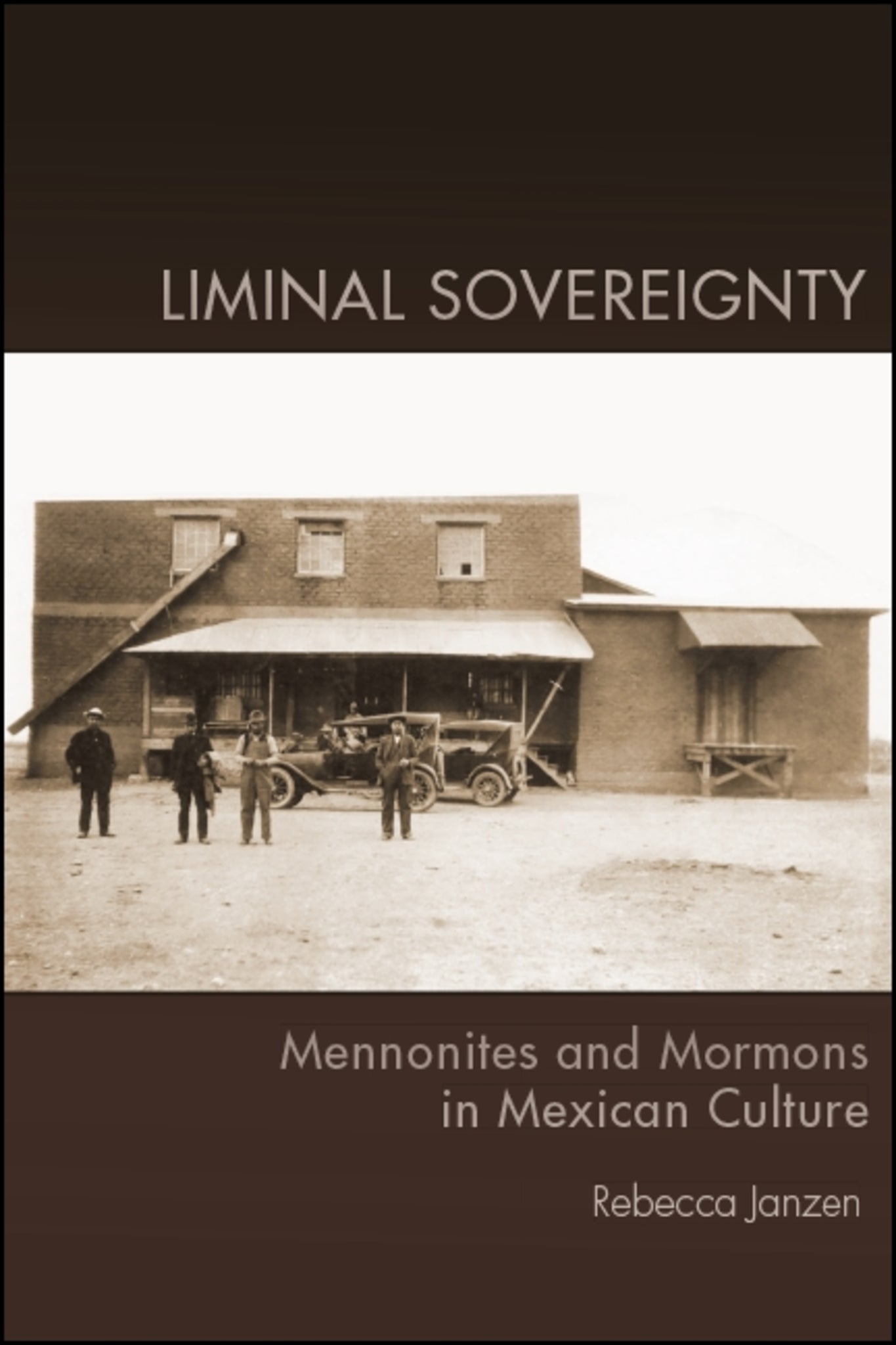We're sorry. An error has occurred
Please cancel or retry.
Liminal Sovereignty

Some error occured while loading the Quick View. Please close the Quick View and try reloading the page.
Couldn't load pickup availability
- Format:
-
01 October 2018

Uses cultural representations to investigate how two religious minority communities came to be incorporated into the Mexican nation.
Liminal Sovereignty examines the lives of two religious minority communities in Mexico, Mennonites and Mormons, as seen as seen through Mexican culture. Mennonites emigrated from Canada to Mexico from the 1920s to the 1940s, and Mormons emigrated from the United States in the 1880s, left in 1912, and returned in the 1920s. Rebecca Janzen focuses on representations of these groups in film, television, online comics, photography, and legal documents. Janzen argues that perceptions of Mennonites and Mormons-groups on the margins and borders of Mexican society-illustrate broader trends in Mexican history. The government granted both communities significant exceptions to national laws to encourage them to immigrate; she argues that these foreshadow what is today called the Mexican state of exception. The groups' inclusion into the Mexican nation shows that post-Revolutionary Mexico was flexible with its central tenets of land reform and building a mestizo race. Janzen uses minority communities at the periphery to give us a new understanding of the Mexican nation.


"Despite the presence of Mennonites and Mormons in Mexico for almost a century, relatively little scholarly attention has been directed to these groups and Janzen's work begins to fill a critical historiographic gap." — Journal of Mennonite Studies
"Janzen has mined a rich and diverse collection of material … Students and scholars of Mexico and the US-Mexico borderlands should find this book engaging and enlightening." — Mennonite Quarterly Review
"This subject matter has never been studied in this fashion before, nor with such theoretical sophistication. Not only is the book compelling, but it's also illuminating." — Pedro A. Palou, Tufts University
List of Figures
Acknowledgments
Introduction: They Did Not Come to My Mexico
1. Mennonites, Mormons, and the Registration of Foreigners in the 1930s and 1940s: A Rare Attempt to Promote Integration
2. Whose Land Is It: Mormons, Ejidos, and Agrarian Reform
3. Mennonites and Agrarian Reform: Can Mennonites be Mexican?
4. Mennonites and Mormons in Mexico’s Drug Wars: Criminals and Victims on Screen and in Literature
5. Contact Zones in Stellet Licht [Silent Light] and Las Mujeres Flores/The Flower Women
Conclusion
Notes
Works Cited
Index



